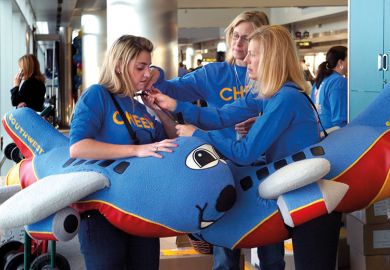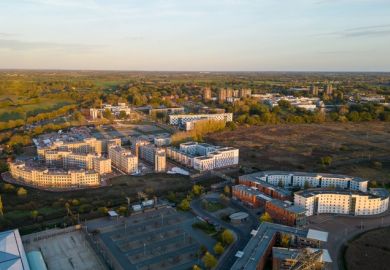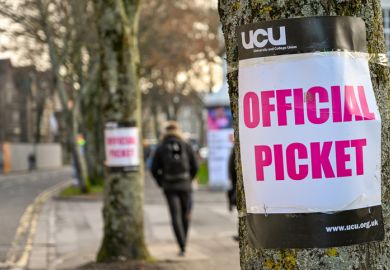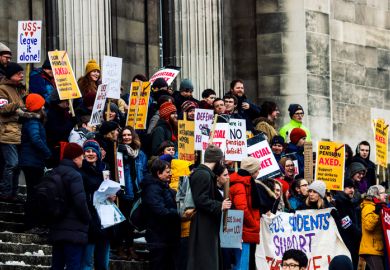Academic collaboration was hindered by the switch to remote working during the pandemic because researchers missed out on forming ties with others during chance encounters in the workplace, according to a study.
In an attempt to gain a more empirical understanding of the repercussions of the switch to online-only work, researchers at the Massachusetts Institute of Technology’s Senseable City Lab examined nearly 3,000 anonymised emails sent by colleagues between December 2019 and November 2021.
Based on an analysis of the messages, they concluded that on average academics missed out on forming two new connections during the lockdown – 4,800 in total across the institution – while existing social contacts became “stagnant” because of the lack of physical proximity to others.
“Employees who are not co-located are less likely to form ties, weakening the spread of information in the network,” concludes the study, published in Nature Computational Science.
The co-lead authors, Daniel Carmody and Martina Mazzarello – both postdoctoral researchers at MIT – warned that, given the small size of research teams, online-only work heightened the risk of “groupthink” as academics tended to speak only to those they already knew, without being exposed to new ideas and the potential for new collaborations.
“Colleagues associated more with previous collaborators, which could create closed loops of communication, rather than with new potential collaborators, which enables the critical exchange that stimulates research and innovation,” Dr Carmody told Times Higher Education.
The findings build on the work of a pre-pandemic study also conducted at MIT that found that researchers in the same workspace are more than three times as likely to collaborate on co-authored papers and more than twice as likely to collaborate on patents compared with those who are 400m apart.
The institution’s switch to a more hybrid model of working as restrictions eased coincided with a partial recovery in the number of “weak ties” – defined as colleagues with no contacts in common establishing a link – which the authors say may show a balance of in-person and remote working can address some of the issues identified.
However, a lack of potential for social interaction continued to be a factor, with colleagues encouraged to keep a distance from each other in communal areas such as cafes, which have previously been found to be fertile ground for establishing new connections.
When redesigning working practices, campus leaders should identify the “minimum amount” of in-person work needed to ensure the generation of new ideas and innovation, the authors said.
Simply returning to offices, however, may not immediately restore the loss of social connections, and employers will need to build in new ways of fostering collaboration in both on- and offline spaces, they added.
“In designing hybrid work models, organisations should consider how much office-based interaction is needed to sustain their business’ creative culture,” Dr Carmody said.
Register to continue
Why register?
- Registration is free and only takes a moment
- Once registered, you can read 3 articles a month
- Sign up for our newsletter
Subscribe
Or subscribe for unlimited access to:
- Unlimited access to news, views, insights & reviews
- Digital editions
- Digital access to THE’s university and college rankings analysis
Already registered or a current subscriber?








